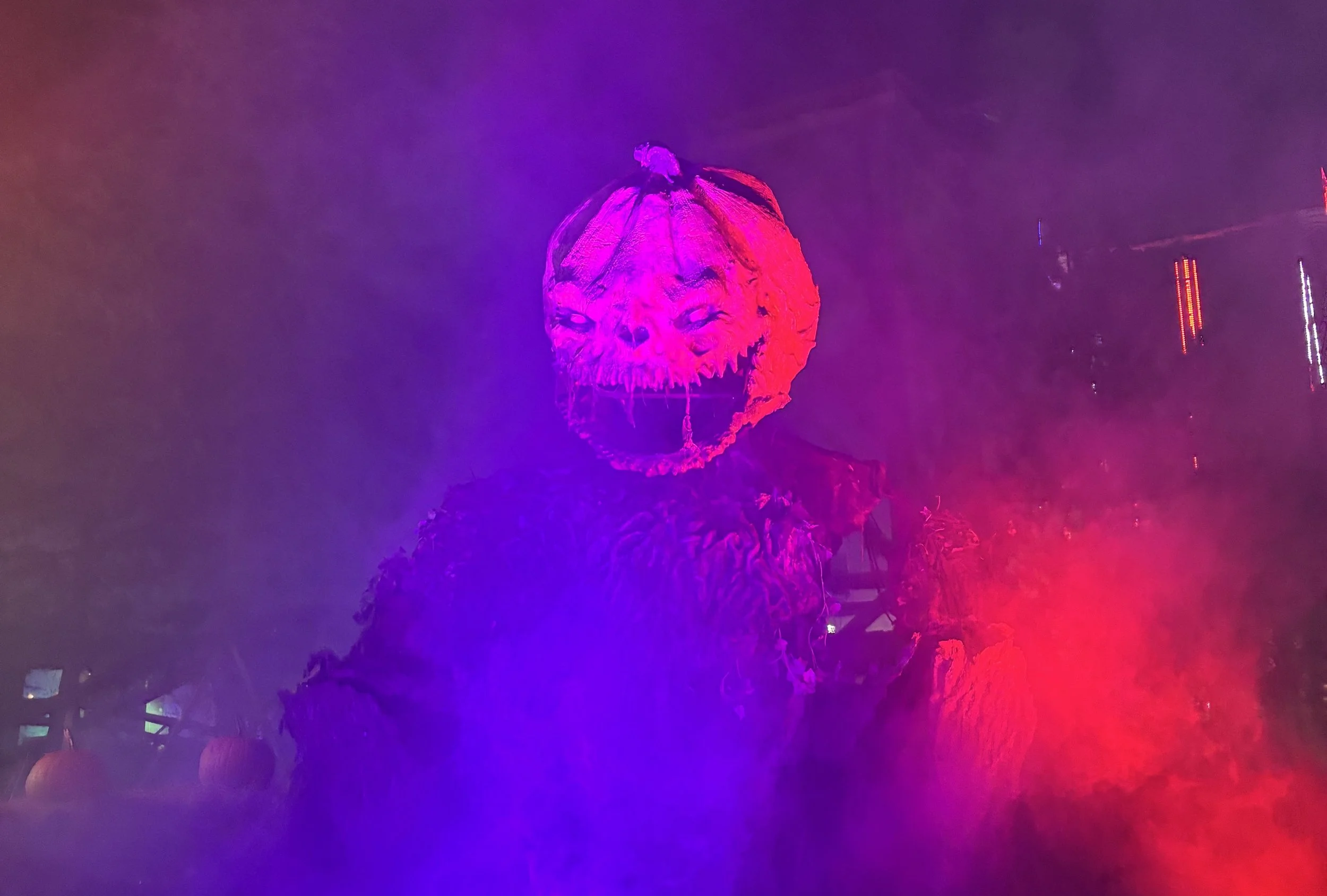Seattle Art Fair: Darks
/In the humble opinion of this writer, darkness is something to be embraced and explored rather than feared or dismissed—not being able to see into or through something shouldn't deter our examinations; in fact, it should encourage us to look deeper. The Seattle Art Fair boasted two dozen incredible pieces of fully black art that reinforce the notion that black is more complicated than we might expect it to be, and that a black canvas is far more telling than a blank one. Here are three of the real show-stoppers.
Lauren Fenterstock, The Order of Things, 2016, sea shells, mixed media, wood. Claire Oliver Gallery.
Claire Oliver Gallery from New York presented Lauren Fenterstock's The Order of Things, comprised of several fully black and fully stocked shelves hung side by side. The shelves are weighed down with sea-related oddities and delightful finds that seem frozen in the depths of their colour. A puffer fish rests on its side, clam shells stand on end, each shelf overgrown with the thickness and foreverness that black can bestow. Fenterstock meditates on the relationship between humans and our gardens, how what we find beautiful is a reflection of our values. The most pristine governmental gardens belong to those that value authoritarian rule. Now, Fenterstock's work takes on an environmentally advocative tone, as we see relics from the ocean floors that we adore cast forever in thick, black, oil. Why aren't we still protesting BP?
Clay Apenouvon, Film Noir de Lampedusa, 2016, extended black film with recycled objects. Mariane Ibrahim Gallery.
Clay Apenouvon's Film Noir de Lampedusa (2016) from Mariane Ibrahim Gallery in Seattle hung black strips of plastic on the booths' three walls. A table, in the centre of the booth, and the books that rest upon it, are also wrapped in black plastic. The rationale, presented in a black binder, is all that remains unwrapped. Apenouvon's Film Noir de Lampedusa, surprisingly, is an invitation to interact. Devastated by the radio reports and images that Apenouvon witnessed following the 2013 drowning deaths of African immigrants off Lampedusa, Italy, Apenouvon sought to begin a new dialogue that didn't revolve around viral images, or cell phone footage, but rather by inviting viewers to consider the traces that these immigrants left behind—he wraps shoes, and a few other belongings in black plastic, and the viewer fills in the blanks. Who were they? What did they value? And why don't we think about this more?
Beth Cavener, Kept (Variation in Shadow), 2016. Resin infused refractory material, paint, rope, wooden base. Jason-Jacques Gallery.
Keeping in kind with unique-to-human afflictions, Beth Cavener's Kept (Variation in Shadow) was exhibited by Jason-Jacques Gallery, and for a sculpture tucked into an unassuming corner, succeeded in eliciting fears and anxieties that come when we feel trapped. Cavener's (incredible, technically immaculate and beautiful) practice is built around exhibiting human emotion and human conundrum mostly through the bodies of animals, save for a belly-button here or there. Cavener sculpts incredible portraits of predators behaving as humans consider other human predators to behave—secretive, aggressive, dangerous. The rabbit, in this case, drums up fears of being restrained, especially when we are already scared. Our desire is to run from our surroundings, from the things that hurt us, and from ourselves, oftentimes—but the rabbit in question is stuck. So it rears, on its hind legs, straining its neck and contorting its body. The way it hangs creates a tension that signals desperation. The blackness and shades of grey are moody and swirl the way deep pools of water and tumultuous feelings do.
The Seattle Art Fair ran from August 4th to 7th, 2016.








